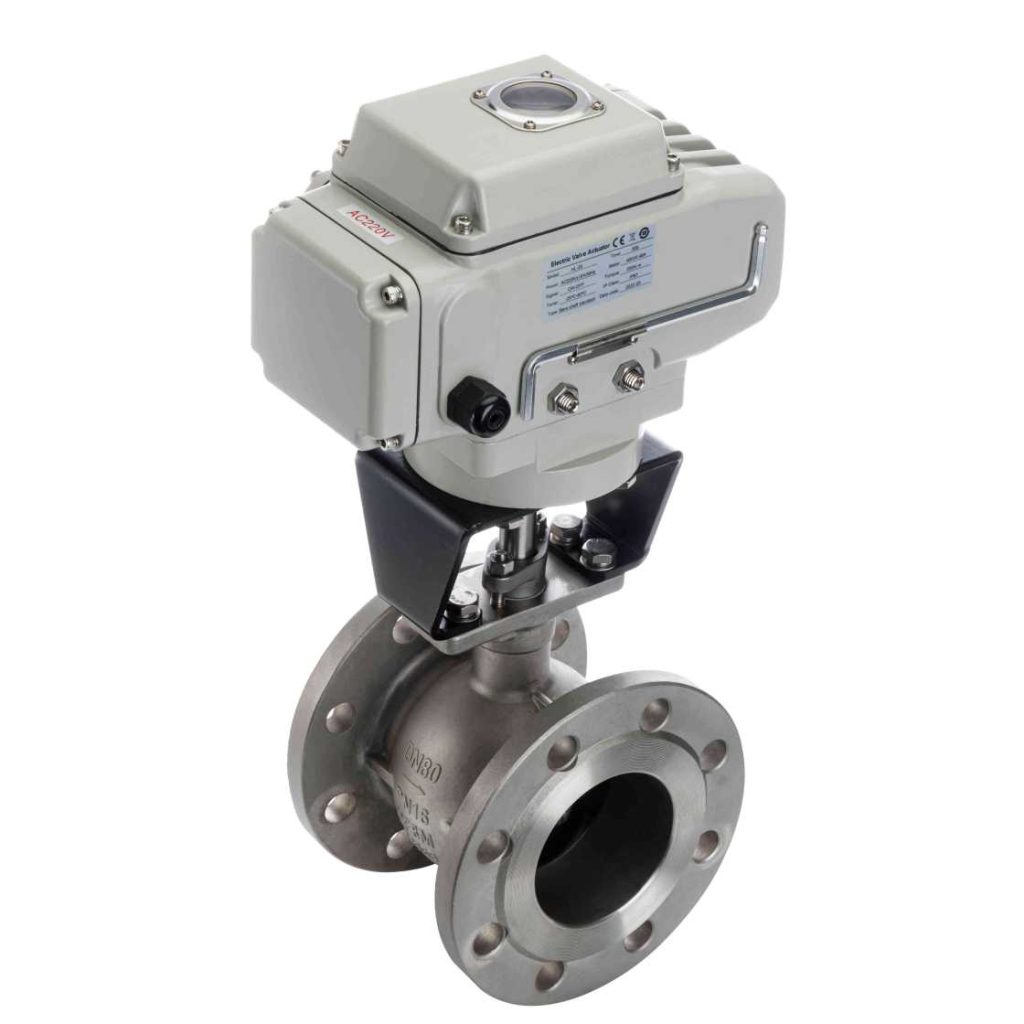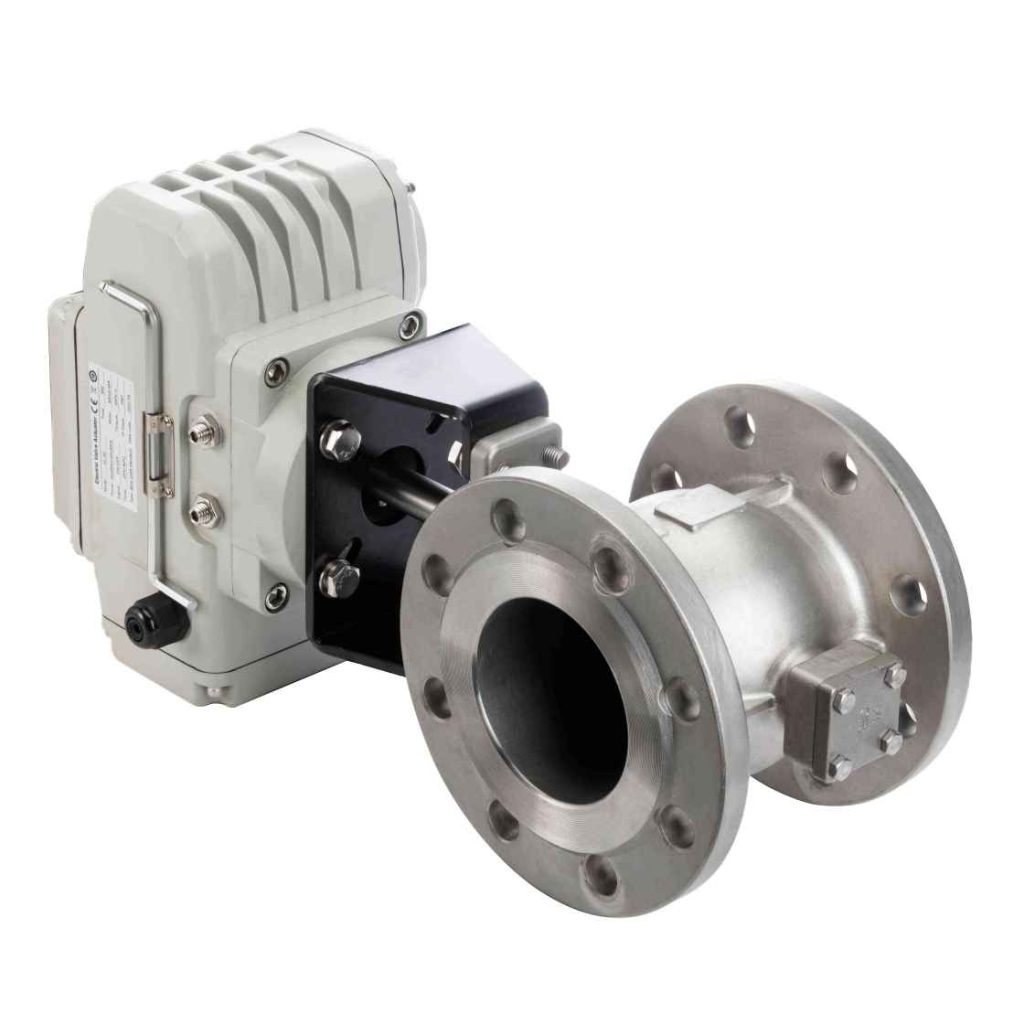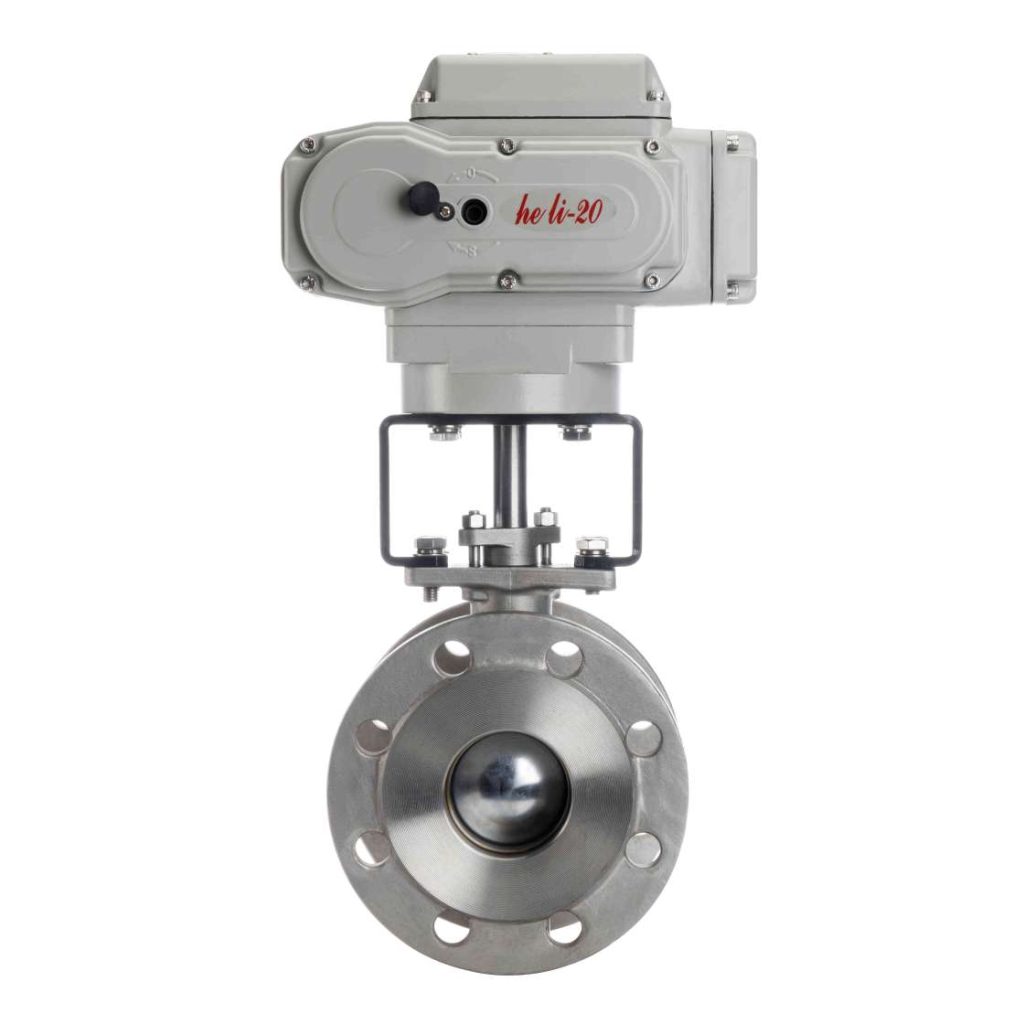Electric V-ball valves are pivotal components in various industrial processes, providing efficient flow control in piping systems. With their unique design and functionality, these valves have become increasingly popular in sectors such as oil and gas, chemical manufacturing, water treatment, and HVAC. This article explores the structure, working mechanism, advantages, and applications of electric V-ball valves, emphasizing their significance in modern industrial operations.

What is an Electric V-Ball Valve?

An electric V-ball valve is a type of control valve that uses a spherical plug with a V-shaped notch to regulate fluid flow. The valve is driven by an electric actuator, allowing for precise control of the flow rate. The V-notch design facilitates better flow characteristics, making these valves particularly effective in throttling applications. They are widely used to manage the flow of liquids, gases, and slurries in a variety of industrial systems. Structure and Working Mechanism The electric V-ball valve consists of several key components: Valve Body: The body is typically made of materials such as stainless steel, brass, or plastic, depending on the application requirements. The body houses the spherical plug with a V-shaped notch, which is critical for controlling flow.

Leave a Reply